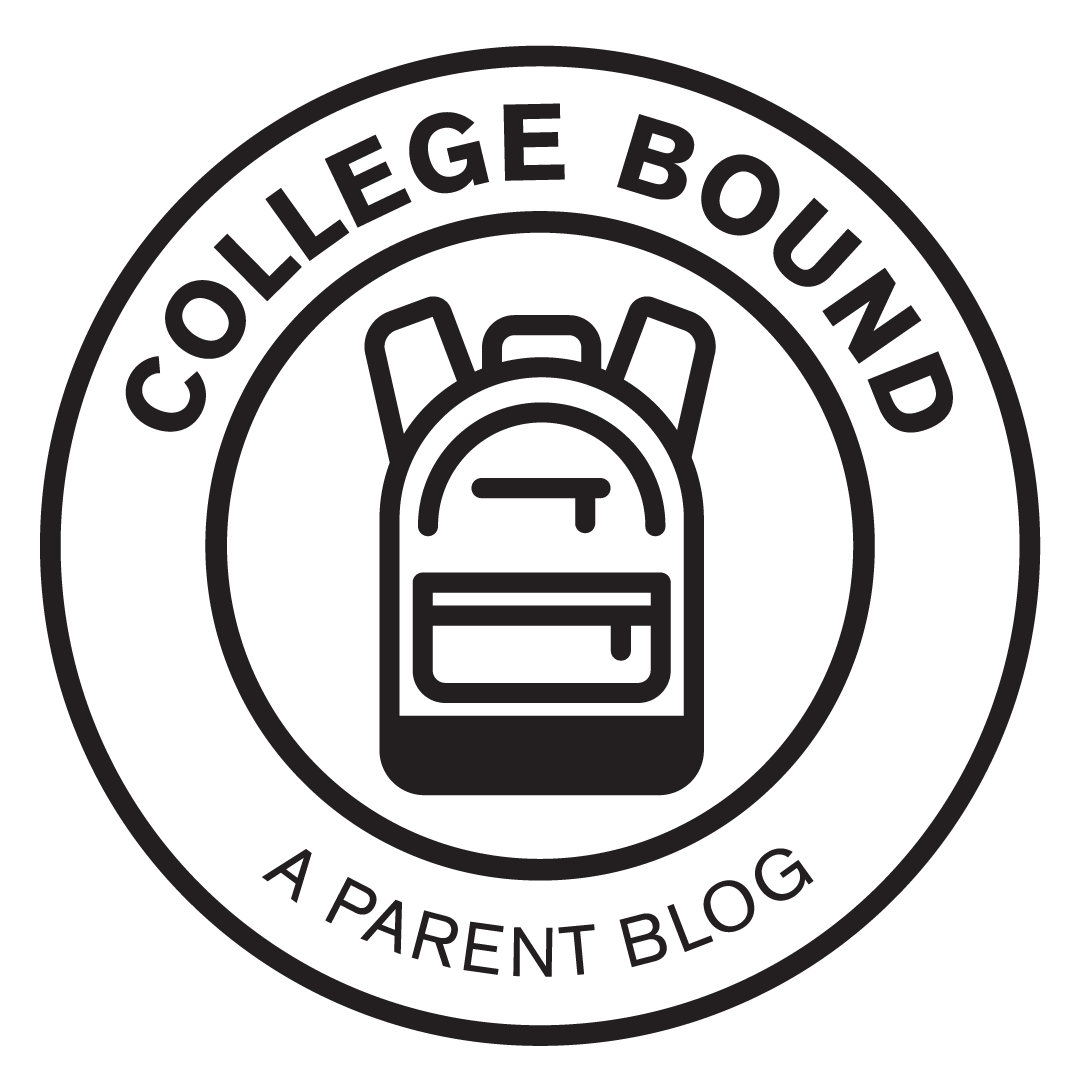Learning the lingo: college buzzwords
1948
Navigating the college application and admission process can be tricky, especially if you’re not familiar with the higher education jargon. Fortunately, learning the higher ed lingo isn’t nearly as arduous as learning a foreign language. In fact, it can be pretty easy to pick up. Consider this your handbook for some of the most-used college buzzwords and what they mean.
What is early decision and early action?
In early decision, your student is signaling to the college or university that if they are admitted, they will enroll. By choosing an early decision plan, your student is committing to attending that university. Early action, on the other hand, allows your student to be admitted early, but they don’t have to make their formal decision on that university until Decision Day (more on what that is later). Some schools don’t have early decision or early action, but instead offer rolling applications, meaning your student can apply and decide to attend the university at any point during the year.
What is a safety school?
When a student is talking with friends or family, they might say, “I’m applying to a couple safety schools”, which are schools they are confident they will get admitted to. It’s important to apply to schools where your student meets the minimum qualifications. Note that with some highly selective schools, your student may not be admitted even if they meet the minimum qualifications. With these schools, there’s often more student demand than the school can support.
What is a reach school?
A reach school is the opposite of a safety school. It’s a school that traditionally has low acceptance rates and is generally perceived to be more prestigious.
What is need-blind admission?
Need-blind admissions is when a university does not factor in any financial aspect of a student’s application. They won’t look at your student’s Free Application for Federal Student Aid, and they won’t make any determinations about your student’s admissibility based on your family’s finances. They will look only at your student’s merits, including their grade point average, class rank and other academic factors, when reviewing their application.
What is an acceptance letter?
An acceptance letter represents an exciting time in your student’s journey to college. It’s the official notice that your student has been admitted to a university or college. Some schools send acceptance letters with a lot of pomp and circumstance, while some simply send students a letter saying that they’re admitted and congratulations. Others send large packets that include affinity-building items like stickers or other swag. Some schools even add confetti. Receiving an acceptance letter is usually a big celebratory moment in a student’s life.
What is Decision Day?
Decision Day is modeled after a tradition in college athletics, where a student-athlete publicly declares which university they will attend. It has since grown to include any student. May 1 is National College Decision Day. There’s a lot of excitement around it as students declare on social media where they’re going to college. Keep in mind, not all schools follow the May 1 deadline. In fact, your student can apply to some universities after May 1 of their senior year of high school and still be admitted. So, symbolically May 1 is a day for celebrating where your student plans to attend college, but be aware that some schools do require a decision by May 1.
What is a gap year?
A gap year is when a student decides to take a year off between high school and college. Gap years are a family decision. They can be productive for some students and non-productive for others. A popular example is Malia Obama, who took a gap year in 2017. As part of a well-connected family, she spent time in South America and the Embassy of Spain, and had a lot of hands-on learning opportunities. You might not have the connections of the Obama family, but if your student is interested in doing a gap year, I recommend that you work with them to make it a period of enrichment and growth.
What is considered a prestigious school?
A lot of emphasis is placed on the prestige of a university. This can mean so many things. Traditionally, we think of the Ivy League. They’re often thought of as the most prestigious because of their rigorous academic reputation and low acceptance rate. Be sure to talk with your student about finding a university that is aligned with how your student’s needs and offers an environment they’re comfortable in.
What are tier 1, 2, 3 and 4 schools?
Tier 1 schools are traditionally referred to as private research universities. Tier 2 schools are private liberal arts colleges that don’t offer master’s or PhD programs. Tier 3 schools are public research universities — schools in the University of California system or Arizona State University. Tier 4 schools are more regional or mid-sized universities that aren’t research universities. These markers are more an indication of resources access than anything else, and your student can get a high-quality academic experience at tier 1, 2, 3 or 4 schools.
What buzzwords are you hearing that you’d like us to explain. Send us a message at collegebound@asu.edu and your question may be answered here.
